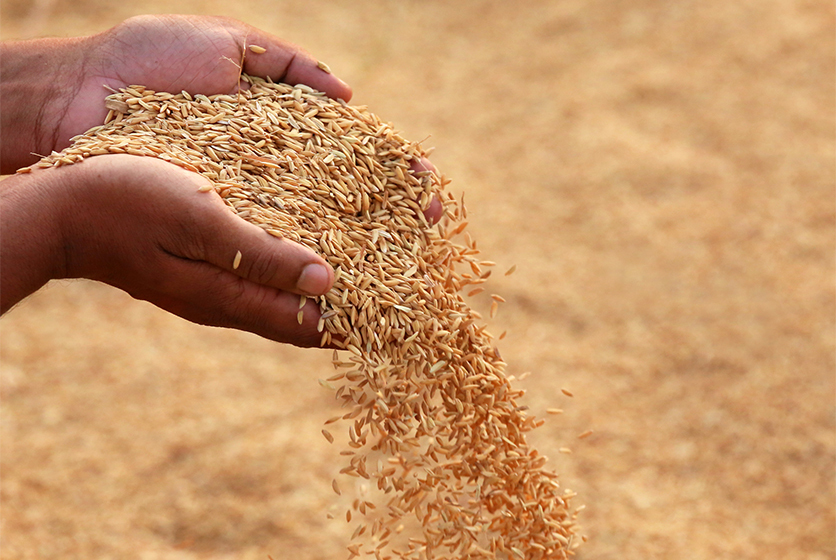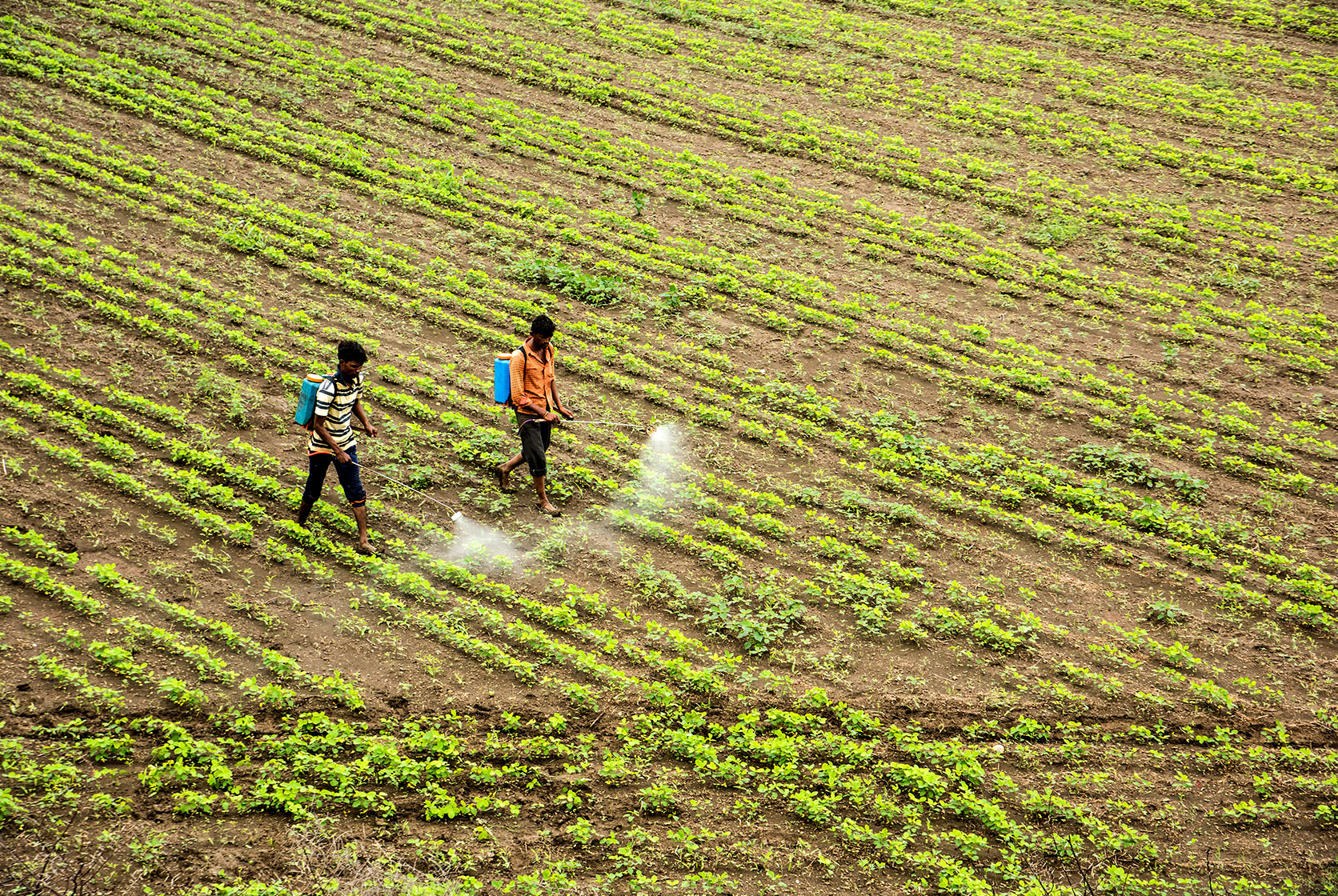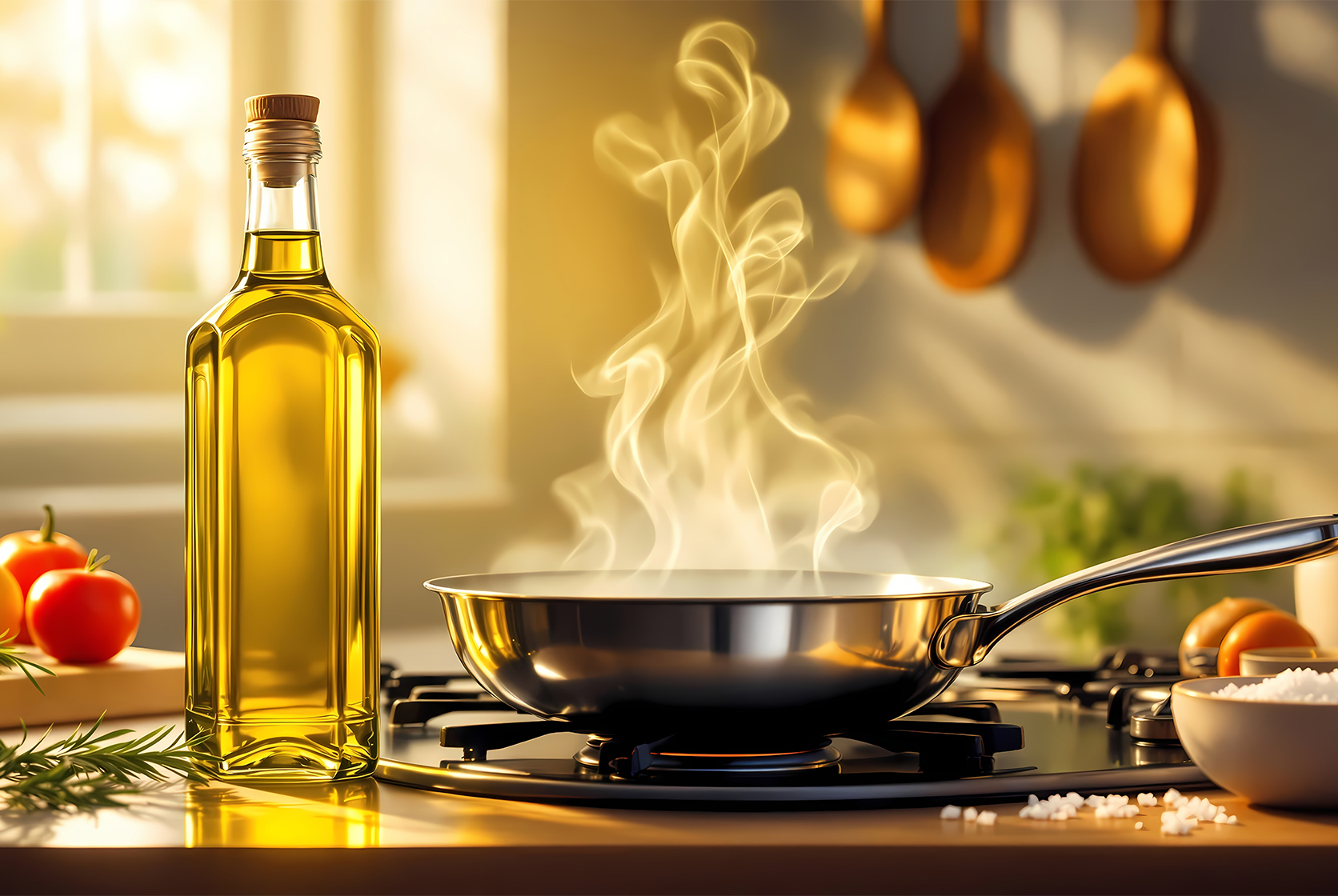Heritage Rice India
India ranks second in the world when it comes to rice consumption. We consumed roughly 106.5 million metric tonnes of rice last year. India is also one of the top producers of rice. In the year 2019, India produced more than 177 million metric tonnes of rice. Rice is part of almost every Indian’s diet and it is rather interesting to note that the country is now exploring heritage or traditional varieties of rice.

According to the UN Environment Program, India once had more than 100,000 kinds of rice. But, a few factors have contributed to the massive reduction in this number. Some of these factors are:
- Agriculture modernisation
- Natural calamities
- Monsoon vagaries
- Promotion of ‘modern seeds’
- Changing agronomic practices
Now, India is seeing a resurgence of interest in heirloom rice. Traditional rice varieties all across the country have been known not just for their higher nutrition values but also their ability to withstand local climate conditions.
Landraces
A landrace is a species that has developed over a long period of time and adapted to the local conditions. Rice landraces, like other crop landraces, are important for sustainable agriculture. Take the case of the rice types grown in the Basudha farm. More than 600 varieties are thriving without chemical inputs.
And, a few rice ‘species’ also have special properties. For instance, Bhut moori has pink starch which is great for pregnant women. Rice varieties like Noichi and Kelas grow really well on dryland farms. Bishnubhog and Tulsi manjari are resistant to a number of pests.
These landraces are just a few of the rice varieties that have become stronger with the march of time, in many ways.
Going away from white
Growing and consuming heirloom rice is also important because of the nutritional benefits. White rice has come to be associated with unhealthy carbs and a lot of people go off rice in an effort to lose weight!
The ‘unprocessed’ traditional types of rice such as the black rice variants from Manipur and Tamil Nadu are high in fibre content and therefore help in making a person feel full. Even a small quantity of karuppu kavuni rice, grown in Tamil Nadu, is known for multiple nutritional and health benefits and can help an individual feel satiated.
In fact, Tamil Nadu is one of the states doing strong work in saving & reviving traditional rice varieties. For instance, the seed festival known as Nel Thiruvizha has helped revive more than 150 heritage paddy varieties.

States and heirloom rice
Other states like Uttar Pradesh and Odisha are also engaged in these revival activities when it comes to heritage or heirloom rice.
UP, for instance, is working hard to revive its Tilak chandan rice, known especially for its fragrance. Work is being done on farms in Rampur by farmers, scientists and even historians, to revive and nurture this variety of rice. If Chhattisgarh is associated with the cumin-like rice called JeeraPhool, then Assam has the antioxidant-rich Kola Joha.
Heirloom rice reflects Indian tradition in so many ways - fragrance, colour, size and nutritional profile. Pretty much like the diversity the country has!



